NASA Astronomy Picture of the Day 9 May 2023: Earth casts a double shadow
Today’s NASA Astronomy Picture of the Day is a snapshot of double shadows of Earth captured during a lunar eclipse.
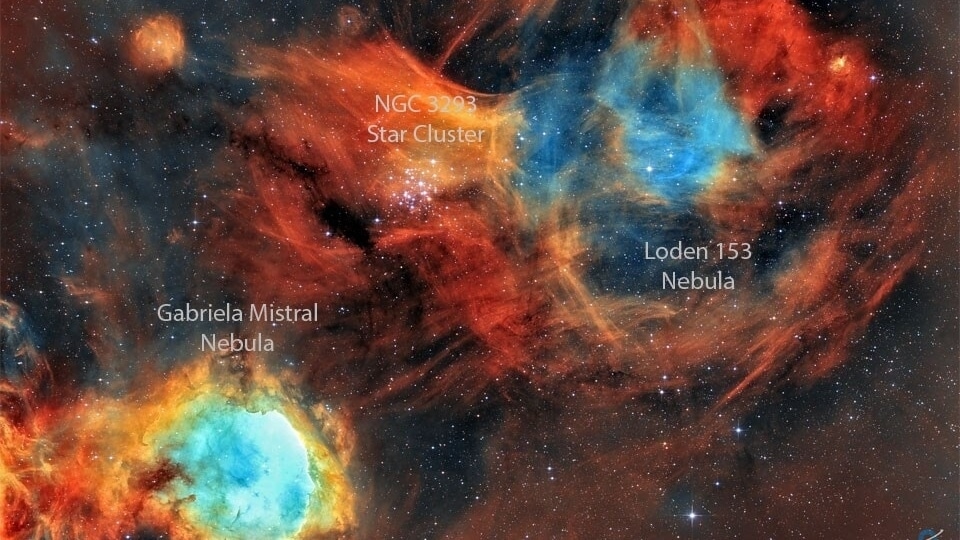

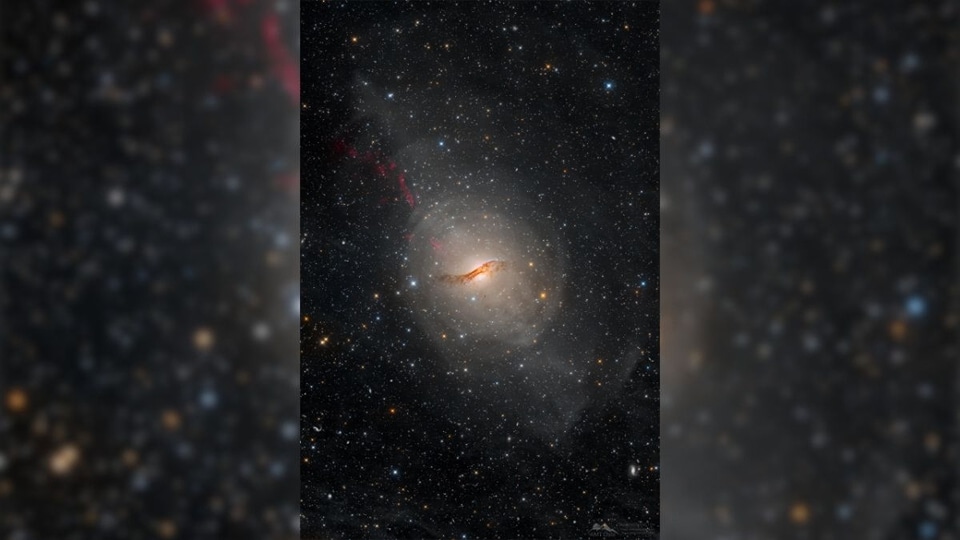
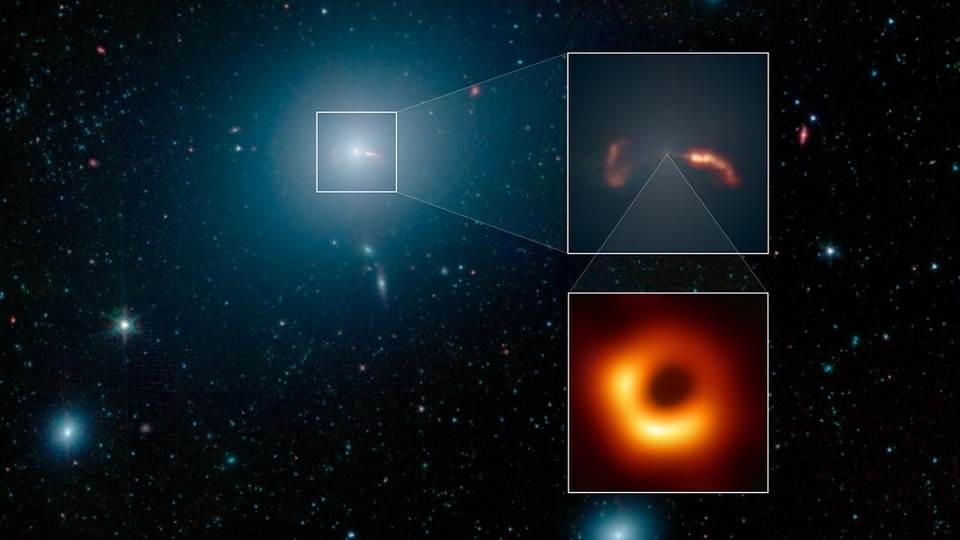
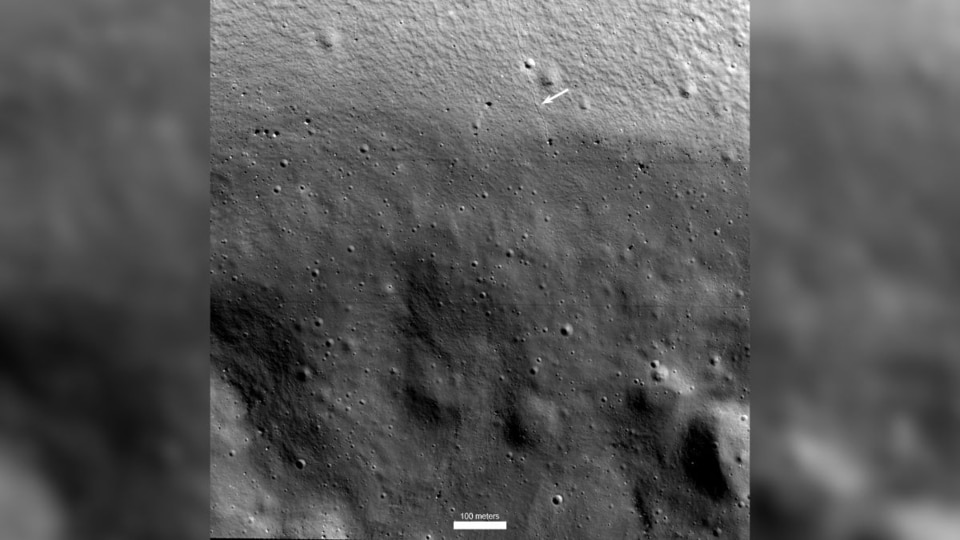
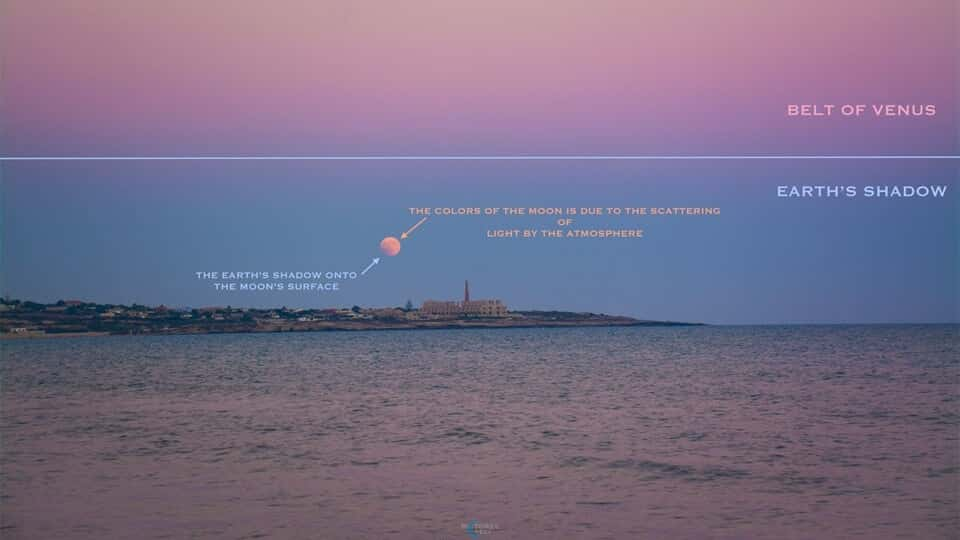
 View all Images
View all ImagesWhen Earth casts its shadow, it appears smaller than the Moon itself! This is due to basic geometry, which states that when the size of a light source is larger than an object, the shadow it casts will always be smaller than the object itself. Although Earth also casts a shadow, it isn't usually visible because Earth is an opaque body. The Earth or the Moon only cast a visible shadow when an object that is usually illuminated by the Sun moves into their shade, as they are not transparent and do not allow sunlight to pass through them, which happens during eclipses.
Today's NASA Astronomy Picture of the Day is a snapshot of shadows of Earth captured during a lunar eclipse. Two shadows can be observed in the provided picture. The upper part of the atmosphere is pink while the lower part is blue, as the former is directly illuminated by the Sun and the latter is not. The section in the middle is called the Belt of Venus, even though Venus is not present in that part of the sky.
The picture was captured by astrophotographer Marcella Giulia Pace Sampieri in Sicily, Italy.
NASA's description of the picture
Can you find two Earth shadows in today's image? It's a bit tricky. To find the first shadow, observe that the top part of the atmosphere appears pink, and the lower part appears blue. This is because the top half is exposed to direct sunlight, while the lower part is not. The purple area in between is known as the Belt of Venus, even though Venus can only appear on the other side of the sky, near the Sun. The blue color of the lower atmosphere is caused by the Earth blocking sunlight, creating Earth shadow number 1.
Now, where is the second Earth shadow? Take a look at the Moon. Do you notice something unusual about the lower left part? That area appears unusually dark because it is in the shadow of the Earth, creating Earth shadow number 2. To be precise, the Moon was captured during a lunar eclipse. This carefully timed image was taken in Sampieri, Sicily, Italy, in July 2018.
Catch all the Latest Tech News, Mobile News, Laptop News, Gaming news, Wearables News , How To News, also keep up with us on Whatsapp channel,Twitter, Facebook, Google News, and Instagram. For our latest videos, subscribe to our YouTube channel.





























